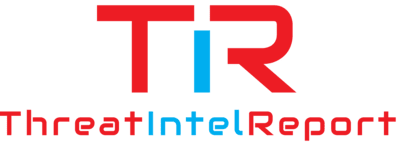Although the initial breach occurred in late 2013, the impact and implications of the Target data breach were felt well into 2014 and beyond. The breach saw the theft of credit and debit card information from 40 million customers and personal information from an additional 70 million customers.
1. Breach Overview and Timeline
In November 2013, attackers installed malware on the point-of-sale (POS) systems in Target stores to steal credit card and debit card data. The malware captured the data as soon as the card was swiped, before the data could be encrypted. It was later discovered that the attackers initially gained access to Target’s network by stealing the credentials of a third-party HVAC vendor.
The breach was officially confirmed by Target in December 2013, and the fallout from the breach extended well into 2014 as further investigations were carried out.
2. Fallout and Aftermath
The repercussions of the breach were vast for Target. The company reportedly spent $61 million in costs related to the breach by the end of Q1 2014, and the total cost is estimated to be much higher. The breach also significantly impacted Target’s Q4 2013 profits, which fell 46% compared to the previous year.
The breach also led to substantial changes in Target’s management. In the months following the breach, Target’s CEO Gregg Steinhafel resigned, and the company appointed a new CIO and began a significant overhaul of its cybersecurity practices.
The Target breach served as a wake-up call to retail companies worldwide, highlighting the need for robust cybersecurity measures, including securing third-party vendor access, regular cybersecurity risk assessments, and the need for timely detection and response mechanisms.
